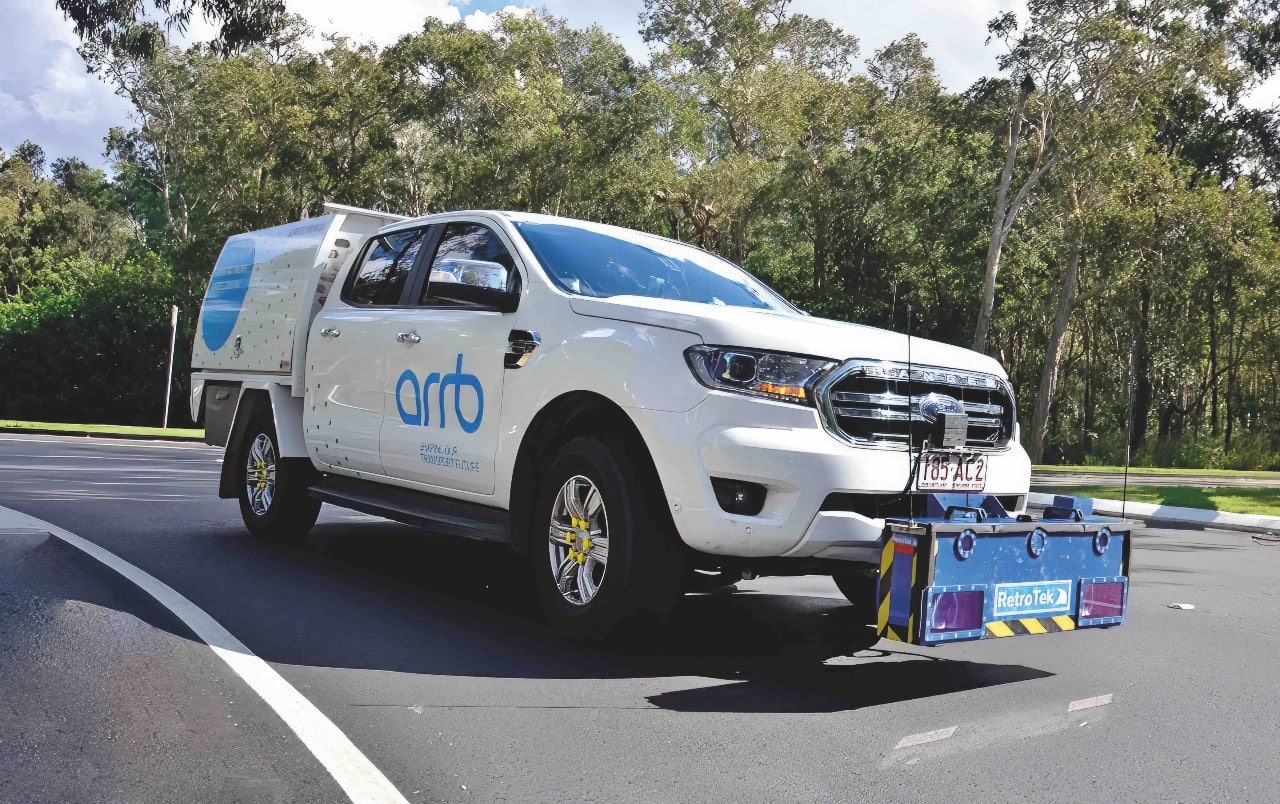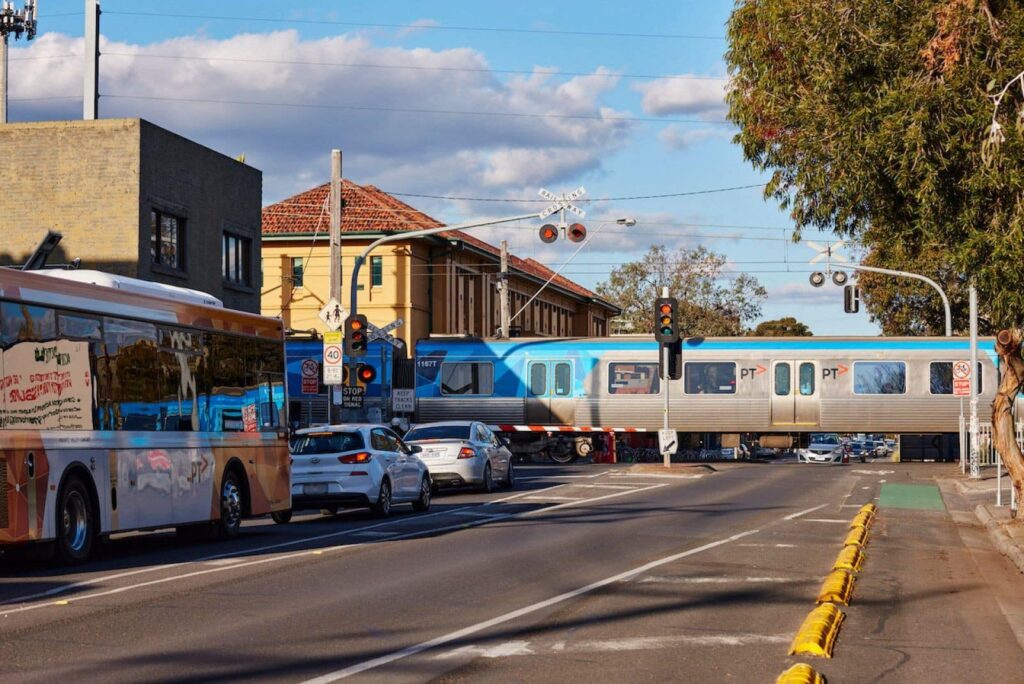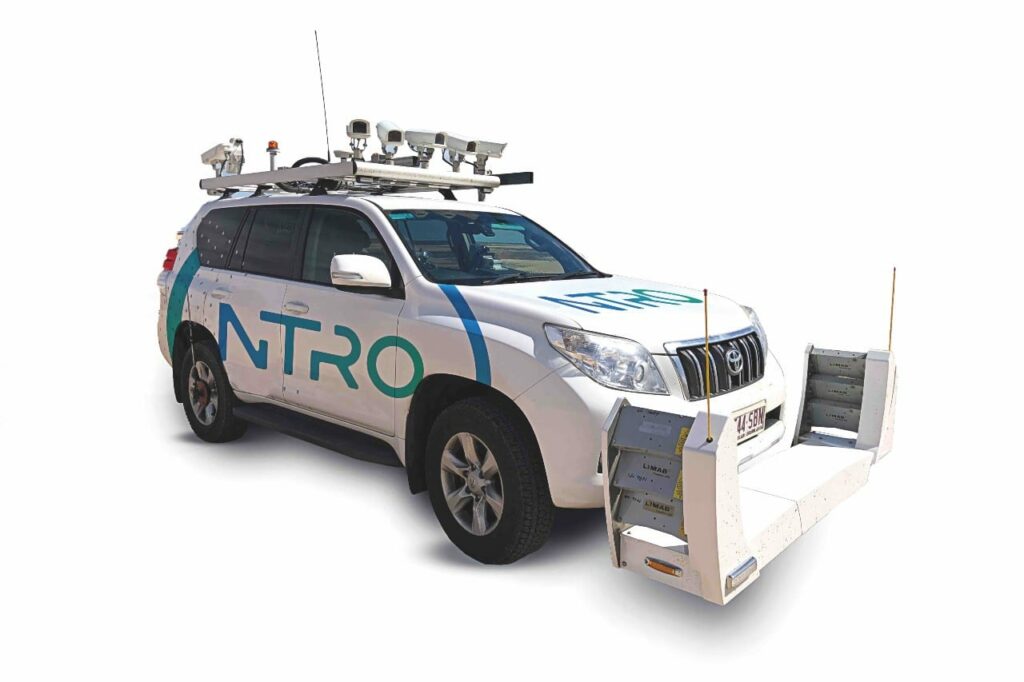NTRO: Creating a safer road future

This post was originally published on this site
The National Transport Research Organisation (NTRO) is helping to create a safer and better transport future nationwide, by combining actionable data with technology. Here’s how.
The National Transport Research Organisation (NTRO) has long played a pivotal role in shaping the modern and future trends and habits of the transport sector.
With the organisation’s potential influence and technological capabilities, the NTRO is a gateway between both public and private industry.
Leveraging this unique position, the NTRO aims to ensure that the future of road safety is a positive one, taking the industry’s previous learnings and transforming them into preventive measures.
Few are more passionate, or have more experience in this field than Jeff Doyle, Executive Director Roads at the NTRO.
Having spent seven years as the CEO of Altus Traffic, what was the largest traffic management company nationally, a major focus of his team was “getting you home safely”. This mantra and ethos endure to this day.
That’s also why Doyle has now added Road Safety to his remit, reinforcing the NTRO’s commitment to safety.
With more than a decade’s worth of experience in and around the road safety sphere, Doyle is placed as an instrumental voice and influence, as the industry continues to push to reduce road trauma.
“Recent data has shown an 8.2 per cent increase in the overall death toll year on year,” he says. “Despite the industry’s best efforts and hopes, it’s a figure that continues to rise.
“At the NTRO, safety is at the heart of everything that we do. As a research organisation that combines data and innovation, we believe that we can assist to reduce fatalities and serious injuries.”
Forming relationships and partnerships for the betterment of the industry is the NTRO’s ‘bread and butter’. Doyle has made many connections throughout his journey, but few as impactful and inspirational as Peter Frazer.
Frazer is the Founder and President of the SARAH Group (Safer Australian Roads and Highways), named after his daughter whose life was tragically lost in a preventable crash on the Hume Freeway in 2012.
The SARAH Group provides a boost to industry efforts in improving road safety outcomes. It’s people like Frazer that Doyle believes are helping to make a difference.
“Peter and his family and I have become very friendly over many years. In helping to advocate and promote, we’ve been able to grow the SARAH Group. I couldn’t speak higher of Peter. Sometimes I just look to him in awe of the way he speaks and what he achieves,” Doyle says.
“It’s partnerships like this that we need to take to the next level.”

A shining example of collaboration was put on display at Roads Australia’s recent Transforming Transport Summit in Melbourne.
The event laid a foundation for the launch of Australia’s first Road Worker Safety Industry Guideline, coinciding with the beginning of Road Safety Week.
Industry leaders combined to develop, contribute and advocate for the new guidelines, which aim to empower the sector to better utilise technology and methods to mitigate potential risks.
The NTRO played a key part in the development of this report, surveying 1100 industry participants about their experience of safety on Australian roads.
Findings from this survey overwhelmingly showed that there’s more work to be done, with Roads Australia describing the findings as “shocking”.
“I’m extremely proud of the sector for that launch and the forum. The NTRO played a big role all the way through, but it shows that there’s still quite a bit of work that needs to be done to make sure that everyone can go home safely,” Doyle says.
“It’s a great first step. There’s still a number of areas that still need tackling and improvements that’re in play.”
Related stories:
Doyle says the NTRO is also pleased with the support shown by the State and Federal governments, with Minister for Infrastructure, Transport, Regional Development and Local Government, Catherine King, announcing a $21 million investment in the National Road Safety Data Hub.
This hub will help to centralise important data for local government, as well as the states and territories.
“We very much welcome the level of investment from a government level into road safety. There’s a big focus on bolstering access to national road safety data. It’s very important timing for an important area,” Doyle says.
“It’s about getting that mix right between the public and private sectors. In many ways we can act as a conduit between both, so we’re really hoping to play a big role in this space. And I do too. It’s a real passion of mine and will continue to be, moving forward.”
Doyle adds that the NTRO is well placed to assist with this initiative. He says an effective way of combatting these rising statistics is data-driven innovation.
“If we look at different tools that are out there, there’s an opportunity to provide a rich source of data, so that we can give that information right back to those local authorities and road networks to make safer decision on their network,” he says.
“Being able to then process that data in real time, and then visualise that will only help from a road safety standpoint.”
Data-driven innovation
The NTRO has developed innovative tools that pinpoint dangerous roads and crash trends, helping both the public and private sectors to greater understand where high-risk sections are, aiding the accurate allocation of essential funding.
Just one of these tools is the NTRO’s web-based Road Safety Intelligence Toolkit, which identifies crash points by location and provides valuable information around crash trends.
It can even provide a demographic breakdown including age, gender, crash types and more.
“It gives you the speed and compliance to filter crashes by various options, helping you to identify emerging trends,” Doyle says.
“We’re offering that service free of charge until June 30 to local councils as a sign of goodwill off the back of National Road Safety Week, because we think this tool will make a real difference. It can really assist local councils to hone in on their specific networks.”

Another tool that the NTRO has developed to aid actionable outcomes off the back of data analysis is what’s called ‘NetRisk2’.
This is another web-based tool that focuses on high-risk locations and compares treatments and their impact on road safety risks.
“Some people may wonder ‘what’s an infrastructure risk assessment?’ It’s a proactive analysis of risk across the network, allowing high-risk locations to be identified and targeted with a proactive treatment, without having to wait for a crash to happen,” Doyle says.
“It’s the only platform that incorporates Australian Road Assessment Program (AusRAP/iRAP) and Australian National Risk Assessment Model (ANRAM) fatal and serious injury results into a single platform.”
Doyle says both tools are centred around the NTRO’s focus to provide the right information that its customers need to be able to make better safety decisions.
It’s not only web-based tools that the NTRO has developed to counter the rising number of road trauma related incidents.
Two vehicles are also helping to pave the way, the first being the Intelligent Safe Surface Assessment Vehicle (iSSAVE).
The iSSAVE emits water from a large tank, spraying it onto the road surface in front of the test wheels at a given rate, while the truck travels at a constant speed so that it can measure surface friction.
This process can provide unique perspectives into aspects such as skid resistance, roughness, rutting and even GPS imaging.
“It helps by giving you the complete picture of the road network. If you think of safety on the road network like a jigsaw puzzle, what the iSSAVE allows you to do is put all the pieces together,” Doyle says.
“One of our other machines, the iLINE can be used to collect line marking condition data across the network. Clear line marking tends to equal safer roads.”
iLINE allows road managers to collect line marking condition data across their network, quickly identifying roads or sections of roads that are below standard and need to be re-marked.
Doyle says those two machines are examples of combining data, with innovation.
“I’ve got a saying that ‘if nothing changes, nothing changes’. That speaks for itself,” he says.
“There’s enough fantastic people and fantastic organisations right around the country to be able to make a difference. Let’s start making that change.”
This article was originally published in the June edition of our magazine. To read the magazine, click here.
This article was originally published in the June edition of our magazine. To read the magazine, click here.
This article was originally published in the June edition of our magazine. To read the magazine, click here.
This article was originally published in the June edition of our magazine. To read the magazine, click here.
This article was originally published in the June edition of our magazine. To read the magazine, click here.
This article was originally published in the June edition of our magazine. To read the magazine, click here.
This article was originally published in the June edition of our magazine. To read the magazine, click here.
This article was originally published in the June edition of our magazine. To read the magazine, click here.
This article was originally published in the June edition of our magazine. To read the magazine, click here.
This article was originally published in the June edition of our magazine. To read the magazine, click here.
This article was originally published in the June edition of our magazine. To read the magazine, click here.
This article was originally published in the June edition of our magazine. To read the magazine, click here.
This article was originally published in the June edition of our magazine. To read the magazine, click here.
This article was originally published in the June edition of our magazine. To read the magazine, click here.
This article was originally published in the June edition of our magazine. To read the magazine, click here.
This article was originally published in the June edition of our magazine. To read the magazine, click here.
This article was originally published in the June edition of our magazine. To read the magazine, click here.
This article was originally published in the June edition of our magazine. To read the magazine, click here.
This article was originally published in the June edition of our magazine. To read the magazine, click here.
This article was originally published in the June edition of our magazine. To read the magazine, click here.





Responses